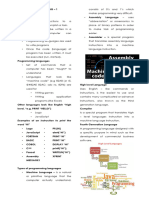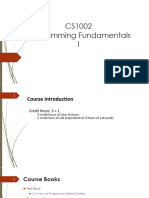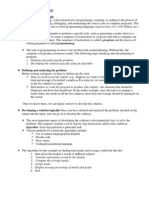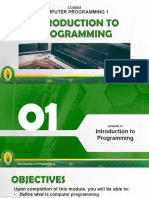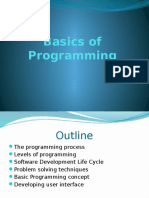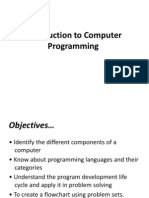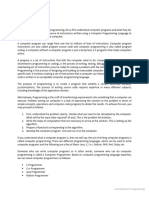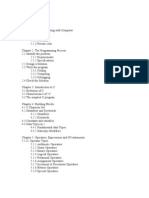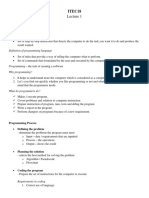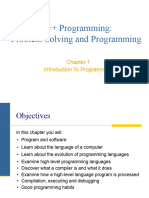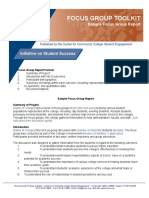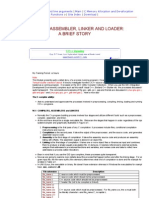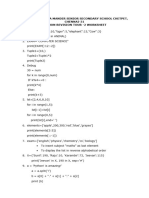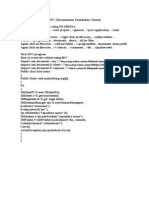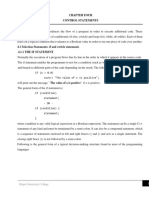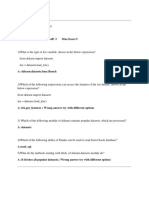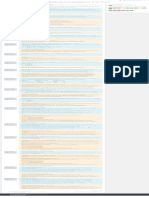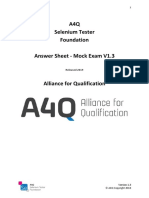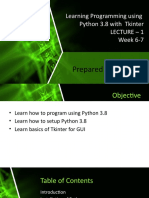0% found this document useful (0 votes)
159 views25 pagesPograming Language
This document provides an introduction to computer programming. It defines what a computer program is and explains that programs provide instructions for computers to carry out tasks. The document outlines the program development cycle, including problem analysis, algorithm writing, flowchart drawing, coding, testing, and documentation. It also defines different types of computer languages like machine language, assembly language, and high-level languages. Finally, it provides some examples of applications developed using C++.
Uploaded by
Sumaira GulzarCopyright
© © All Rights Reserved
We take content rights seriously. If you suspect this is your content, claim it here.
Available Formats
Download as PPTX, PDF, TXT or read online on Scribd
0% found this document useful (0 votes)
159 views25 pagesPograming Language
This document provides an introduction to computer programming. It defines what a computer program is and explains that programs provide instructions for computers to carry out tasks. The document outlines the program development cycle, including problem analysis, algorithm writing, flowchart drawing, coding, testing, and documentation. It also defines different types of computer languages like machine language, assembly language, and high-level languages. Finally, it provides some examples of applications developed using C++.
Uploaded by
Sumaira GulzarCopyright
© © All Rights Reserved
We take content rights seriously. If you suspect this is your content, claim it here.
Available Formats
Download as PPTX, PDF, TXT or read online on Scribd
/ 25


